In this article we outline how to calculate power needs for an average tiny house or RV, so you can have a better idea of exactly how much power you would need to generate in order to run your home off of your chosen power system. We provide examples to assist you in getting a more in-depth understanding of the terms and technical elements of power systems, and help you develop a power plan that works for you!
There are so many different sources to choose from when selecting your power generation systems, but knowing exactly what you will need to live comfortably is essential when making your purchases. This also assists you in choosing systems that permit you to expand your power generation, as your requirements change. Perhaps there are more people using the available power, or you add additional appliances and devices that increase your demand – these tools and techniques should assist you in your demand calculations. It’s as easy as 1-2-3!!
1. Calculating Average Power Consumption
The process of calculating average power consumption can easily be broken into 4 easy steps. At the end of this process, you should have a reasonable estimation of your power requirements, to use as a basis when selecting your home power systems.
2. Watts Per Day
To establish an Average Watts Per Day calculation, multiply a device’s wattage by the number of hours you use it. As an example, a 125 watt television, which you use for four hours each day.
Watts = 125
Hours/Day = 4
Watts/Day = 125 x 4
TV Watts/Day = 500 Watts
So, now you know that for your television, which you use for 4 hours each day, you will require a minimum of 500 Watts of power available to use it for the average time you estimate. You have a 500 watt hour requirement for this device.
3. Convert to Kilowatts
In order to more accurately relate your power consumptions, to the standard units used to measure power usage, it is useful to convert the Watts you’ve calculated, into Kilowatt Hours (kWh). This is the unit mostly used by power companies and other utilities to measure power consumption.
To do this is quite simple, and as Kilo means 1000 in metric terms, 1 kilowatt is the equivalent of 1000 watts. So, the conversion of your previously calculated watts is quite strait forward, and all you must do is divide your estimating by 1000. So, in the example noted above, using your average daily watts used for you television, the calculation would be as follows:
4 Hours Daily TV Usage@125w = 500 Watt hours
500 Watts Hours/1000 = 0.5
Kilowatt Hours = 0.5 kilowatt hours
Now you can rate your average usage in kWh to be 0.5 kilowatt hours for 4 hours of usage of the television.
Calculating Usage over Time
This should be fairly straight forward and obvious at this point. In modern tiny houses, like most homes, daily usage of the device is calculated in kWh, so the monthly estimation is as simple as multiplying your daily usage by the number of days in the month (or whatever length of time you wish to calculate for).
Days/mo. = 30
kWh/day = .5 kWh
kWh/Month= 0.5 kWh * 30 days = 15 kWh
You monthly kWh requirement for just this one device, your TV, will be 15 kWh of power.
Cost Calculation – How to Calculate Power Needs
If you wanted to know how much this device costs to run per month, you can then multiply this kWh value by the current rate that you pay for power. In the case of using alternative sources other than existing grid systems, this can be useful as you determine the cost recovery for any power system you install, when you compare it to grid connected power. This is, of course, only interesting to those who may be looking to replace their existing grid power with alternative sources, but it can also be an excellent tool for those building, or considering modern tiny houses.
These number become useful when you consider all of the devices that will consume power in your home. When you have made all of these estimations and calculations, you will have a complete idea of your power requirements, from which you can begin to make considerations and decisions as to which power systems you need to purchase.
We have prepared a very useful worksheet for download, which you can use to write all of your devices, and do the calculations for every device you will use, and come to a general final estimation to guide you in your choices. We have included the average wattage for many common devices, to assist you in your estimation – as always, trying to make life a little easier!
Conclusion – How to Calculate Power Needs for Your Tiny House
When it comes to tiny house living, understanding how to calculate power needs is essential. Calculating the amount of power required to operate your tiny house on a daily, weekly, and monthly basis can help you determine what energy solutions are necessary to live comfortably off the grid. In this article, we will discuss the key steps to calculating your power needs, including identifying your appliances, calculating your daily energy consumption, and determining your battery and solar panel requirements. By following these steps, you can ensure that you have the power you need to live comfortably in your tiny house while staying within your budget.
We regularly provide new and exciting inspirational ideas, tips and information – stay in touch with us, and stay connected!











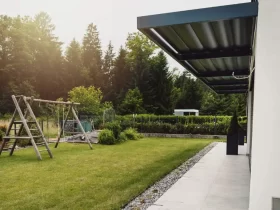
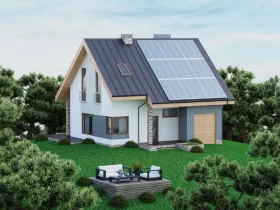






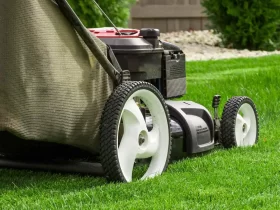

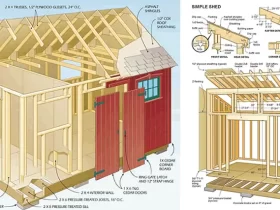
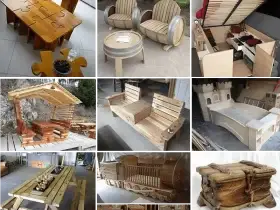
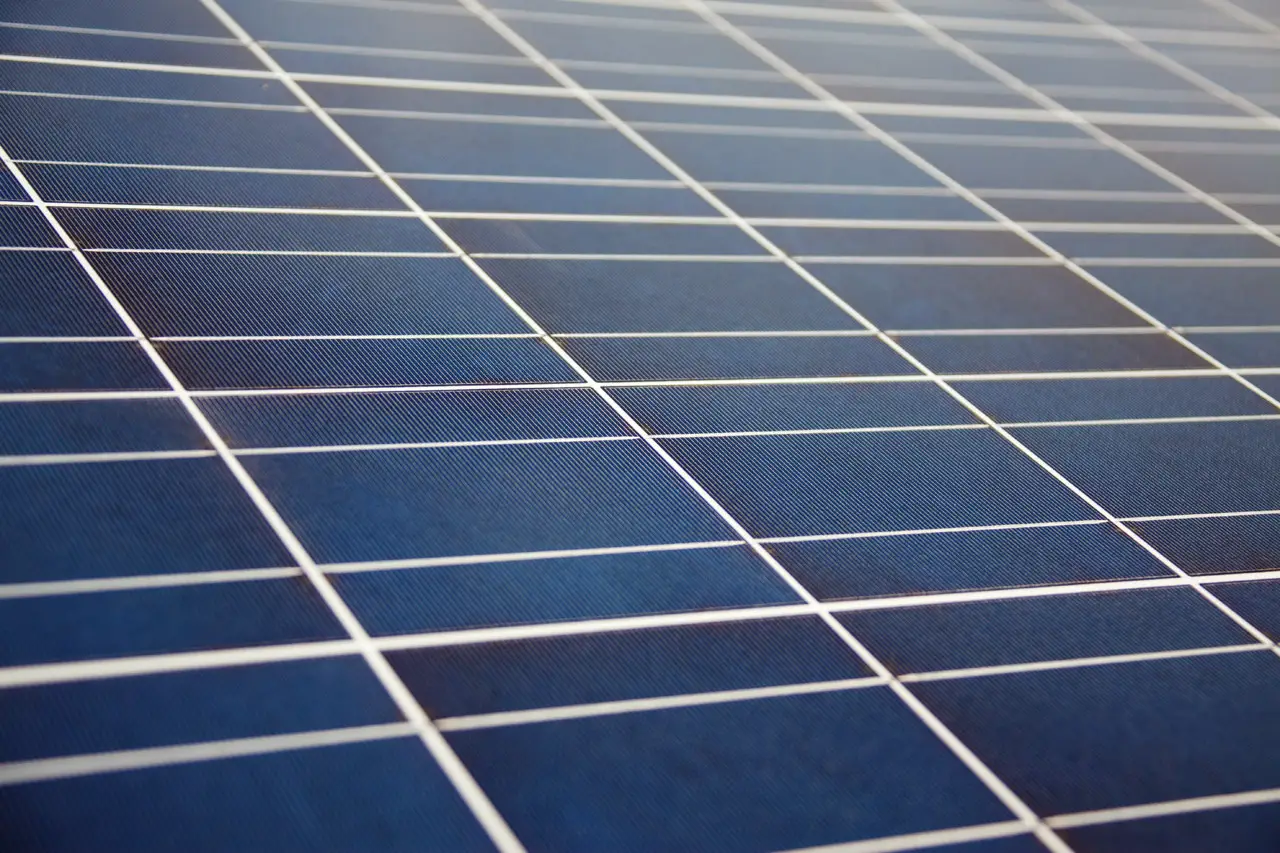
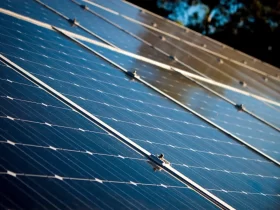








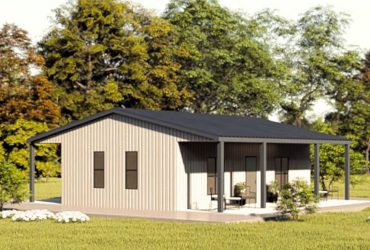

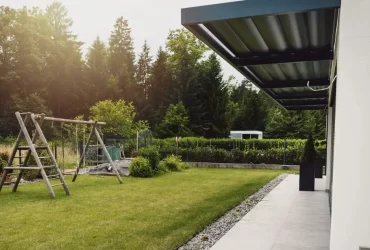
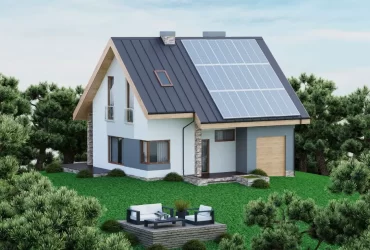


Leave a Reply